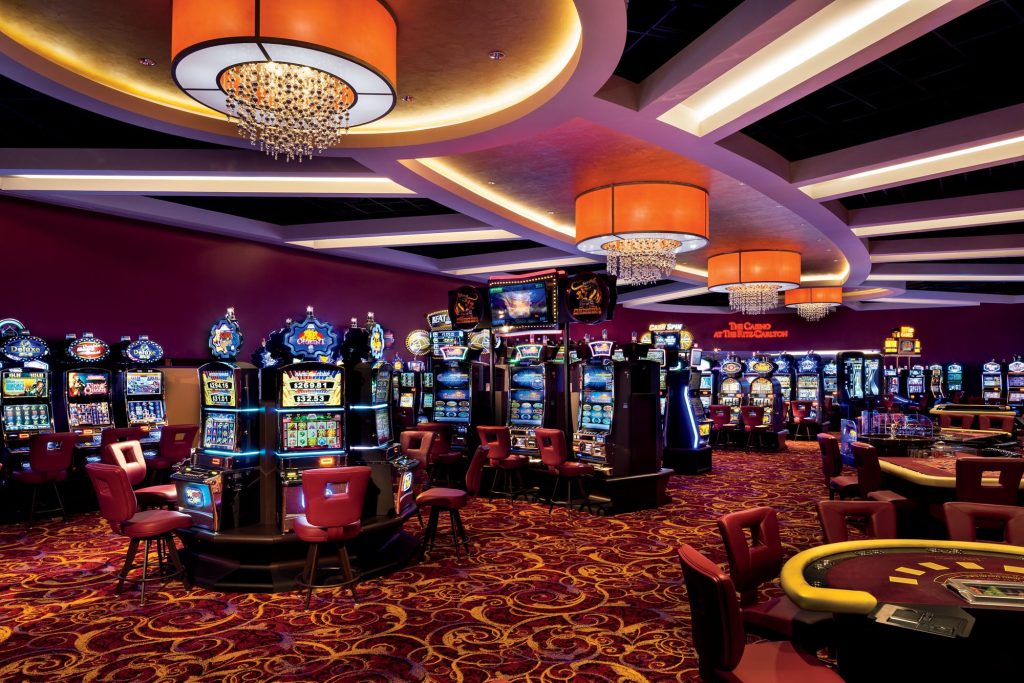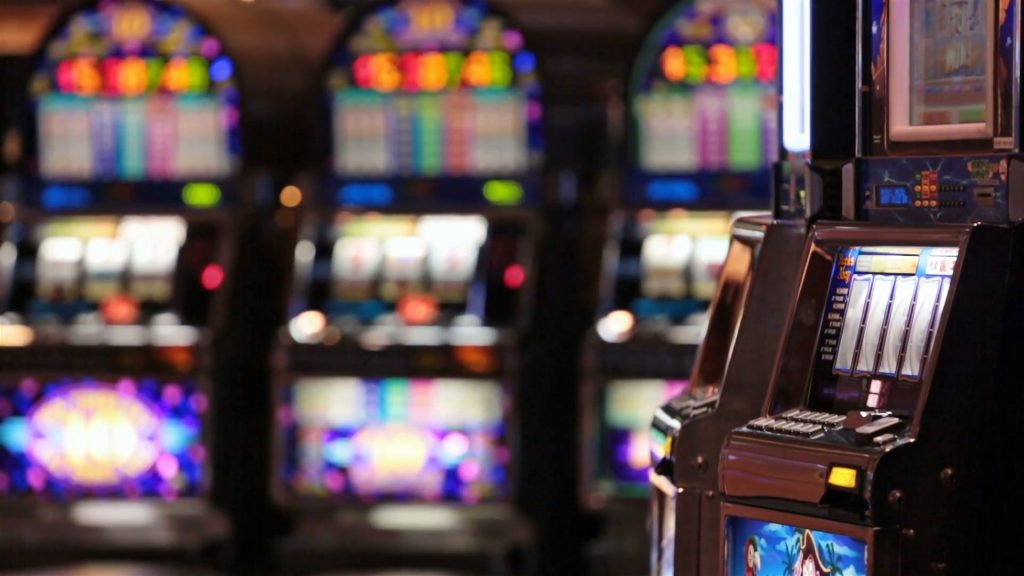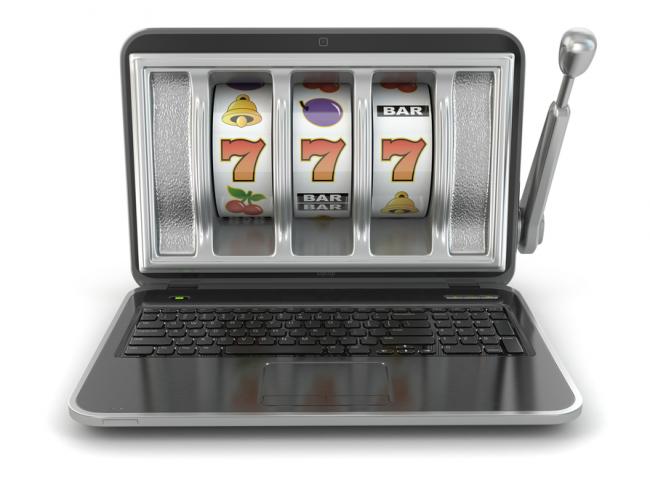Menjelajahi dunia poker daring membutuhkan lebih dari sekadar kartu yang bagus; hal itu memerlukan pendekatan strategis yang didukung oleh perangkat yang tepat. Bagi pemain yang serius, memanfaatkan perangkat penting dapat secara signifikan meningkatkan permainan mereka, meningkatkan pengambilan keputusan mereka, dan pada akhirnya meningkatkan peluang keberhasilan mereka. Salah satu perangkat paling penting dalam gudang senjata pemain poker daring adalah perangkat lunak pelacakan poker yang andal. Program seperti PokerTracker dan Hold’em Manager memungkinkan pemain menganalisis permainan mereka dengan melacak riwayat kartu, tingkat kemenangan, dan berbagai statistik. Data ini sangat berharga karena memungkinkan pemain mengidentifikasi kekuatan dan kelemahan mereka, melacak kemajuan mereka dari waktu ke waktu, dan membuat keputusan yang tepat selama permainan. Perangkat penting lainnya adalah HUD Heads-Up Display, yang melengkapi perangkat lunak pelacakan. HUD menyediakan statistik waktu nyata tentang lawan saat bermain, menampilkan informasi penting seperti VPIP Voluntarily Put Money in Pot, PFR Pre-flop Raise, dan faktor agresi. Informasi ini memungkinkan pemain untuk menyesuaikan strategi mereka berdasarkan kecenderungan lawan, memungkinkan mereka untuk mengeksploitasi kelemahan dan menghindari situasi yang tidak menguntungkan.
Selain itu, banyak pemain serius yang diuntungkan dengan mempelajari pemecah masalah poker seperti PioSolver atau GTO+ Game Theory Optimal. Alat-alat ini menganalisis situasi tertentu dan menyediakan strategi optimal berdasarkan model matematika. Dengan mensimulasikan berbagai skenario, pemain dapat mempelajari cara memainkan berbagai tangan secara optimal, memahami strategi mendasar yang mengarah pada keberhasilan jangka panjang. Membiasakan diri dengan konsep GTO tidak hanya meningkatkan permainan seseorang tetapi juga meningkatkan kemampuan untuk mengenali dan melawan strategi lawan secara efektif. Selain itu, sumber daya pendidikan seperti situs pelatihan daring dan forum sangat berharga untuk pengembangan yang berkelanjutan. Situs web seperti Upswing Poker dan Run It Once menawarkan video pelatihan komprehensif, artikel, dan pelatihan dari para profesional berpengalaman. Sumber daya ini dapat membantu pemain memahami konsep tingkat lanjut, mengembangkan strategi baru, dan mengikuti tren terbaru dalam lanskap poker yang terus berkembang. Terlibat dalam diskusi di forum seperti Two plus Two juga memberi pemain wawasan dari komunitas, memungkinkan mereka untuk berbagi pengalaman dan belajar dari keberhasilan dan kegagalan orang lain.
Manajemen bankroll merupakan aspek penting lain dari permainan poker idn online yang serius yang memerlukan pertimbangan cermat. Pemain harus menggunakan alat pelacak untuk memantau bankroll mereka dan memastikan mereka bermain sesuai kemampuan mereka. Menetapkan batasan, baik pada taruhan maupun jumlah permainan yang dimainkan, dapat membantu pemain menghindari jebakan tilt dan pengeluaran berlebihan secara finansial. Manajemen bankroll yang efektif memungkinkan pemain untuk menanggung varians yang melekat dalam poker sambil mempertahankan pengalaman bermain yang berkelanjutan dan menyenangkan. Terakhir, aplikasi seluler menjadi semakin populer bagi pemain yang sering bepergian. Banyak situs poker online menawarkan platform seluler, yang memungkinkan pemain untuk berpartisipasi dalam permainan kapan saja, di mana saja. Menggunakan aplikasi poker seluler yang andal dan ramah pengguna dapat memberikan keunggulan, yang memungkinkan pemain untuk berlatih dan menyempurnakan keterampilan mereka selama waktu senggang. Dengan menggunakan alat ini, pemain dapat menavigasi kompleksitas poker online dengan lebih efektif, yang mengarah pada peningkatan kinerja dan kesuksesan yang lebih besar di meja. Mengetahui kapan harus bersikap agresif atau konservatif dapat membuat perbedaan substansial dalam kinerja pemain secara keseluruhan.



